
Yeast infections are not pleasant and once they develop they tend to recur from time to time. Yeast infection affects both genders and all age groups. It is more frequent among immunocompromised patients. The infection can affect different areas of the skin and mucous membranes.
Yeast infection generally develops as a consequence of weak immune system. It is also possible after a long course of antibiotics. This is why treatment with antibiotics must also include additional means that are able to prevent yeast infection from occurring.
Connection between Yeast Infection and Antibiotics
Antibiotics are prescribed to eradicate harmful bacteria and deal with many types of infections. Still, even though they cure one condition they may also be initiators of other problems such as yeast infection. No matter if antibiotics are taken in oral or parenteral form they are able to induce yeast infection of many organs and organ systems. Once antibiotics enter the body they are able to cause some changes in delicate chemical balance of the body. In case the normal bacterial flora in the body is disrupted yeast infection occurs. Damage to good and necessary bacteria is the leading cause of antibiotic caused yeast infection.
It is confirmed that men are not as susceptible to yeast infection caused by antibiotics as women are. Still even they may develop yeast infection especially if the treatment with antibiotics lasts for a longer period of time.
Treatment for Antibiotic Caused Yeast Infection
In case of deep yeast infection patients are treated with fluconazole and intravenous amphotericin B. Vaginal candidiasis is taken care of with antifungal medications such as clotrimazole, nystatin, terconazole etc. These medications are in a form of emollients, ointments or suppositories. Cutaneous candidiasis is treated with antifungal powders and creams. And finally, oropharyngeal candidiasis requires antifungal medications such as nystatin and clotrimazole that are in a liquid form or in a form of dragees.
Prevention of Yeast Infection during Treatment with Antibiotics
Patients who are prescribed antibiotics must stick to determined dose. They should never take more drugs than prescribed. Furthermore, during treatment with antibiotics one is supposed to reduce consumption of sugar. This may prevent gastrointestinal candidiasis. One more preventative measure is regular daily intake of fresh yogurt. It contains 'good' bacteria and prevent eradication of normal bacterial flora. One is also due to drink plenty of water.
And finally, yeast infection during treatment with antibiotics can be successfully prevented with simultaneous intake of probiotics and some natural dietary supplements such as grapefruit seed extract, garlic, oil of oregano etc.



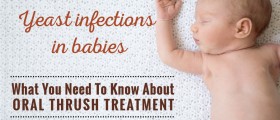



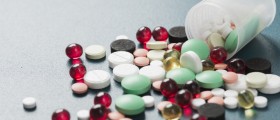
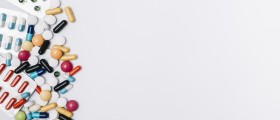




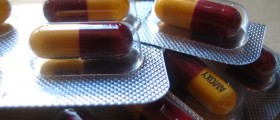

_f_280x120.jpg)
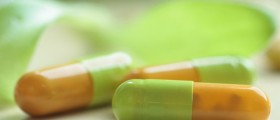
Your thoughts on this
Loading...